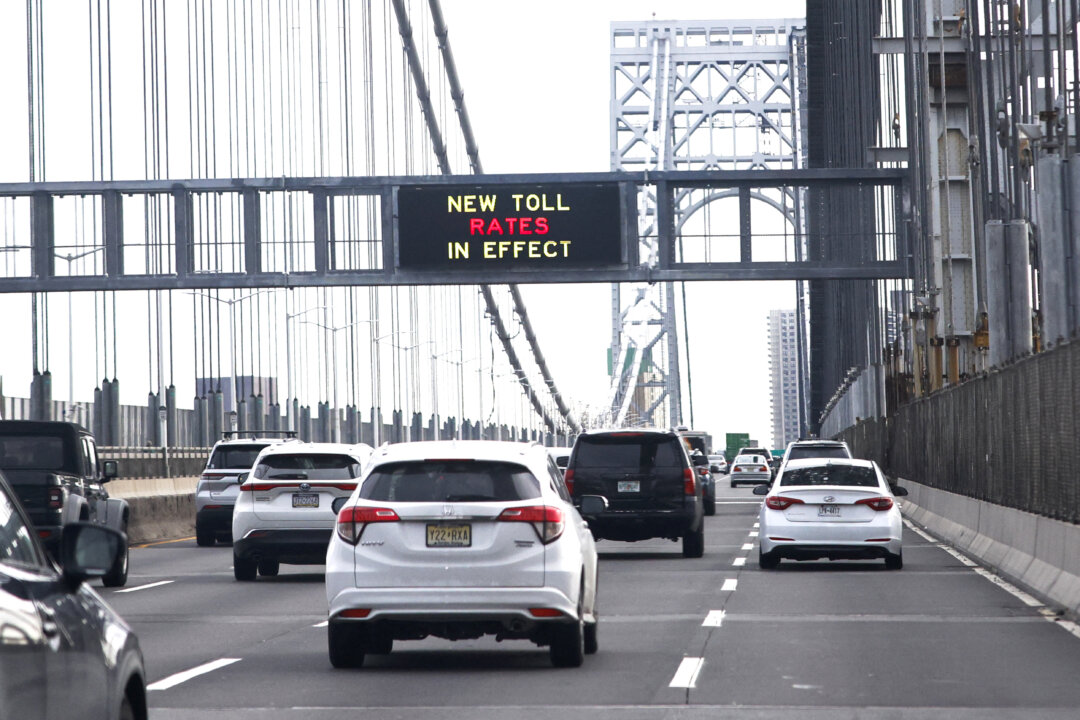The U.S. Dept. of Transportation halted a NYC toll plan, citing no free option for drivers and its revenue-generating focus for public transportation system.
The U.S. Department of Transportation has terminated approval for New York City’s Central Business District Tolling Program, ending the plan that charges drivers a new toll when entering Manhattan below 60th Street.
This decision rescinds a Nov. 21, 2024, agreement that had allowed tolls under the Value Pricing Pilot Program (VPPP), according to a statement from the department.
In a letter to Gov. Kathy Hochul, U.S. Secretary of Transportation Sean Duffy expressed concern that the toll structure ran counter to the principle of maintaining toll-free federal-aid highways.
“New York State’s congestion pricing plan is a slap in the face to working-class Americans and small business owners,” he said in a statement. “Commuters using the highway system to enter New York City have already financed the construction and improvement of these highways through the payment of gas taxes and other taxes. But now the toll program leaves drivers without any free highway alternative, and instead, takes more money from working people to pay for a transit system and not highways. It’s backwards and unfair.”
According to the letter, the toll authority was ended for two primary reasons. The first is that the plan provides no toll-free option for many drivers traveling in the affected zone.
The second is that the rate was designed largely to raise revenue for public transit, rather than strictly to cut back on traffic congestion.
Because of these issues, officials concluded that the pilot fell outside the scope of what is permitted under the VPPP.
The tolls went live on Jan. 5. NYC Metropolitan Transit Authority hoped to use the revenue to fund extensive transit upgrades, including repairs, new elevators, and expansion of the subway system.
Supporters claimed that encouraging drivers to seek other travel methods could reduce pollution and traffic while generating money for projects essential to the transit network.
Opponents of the tolls countered that it placed an unfair burden on commuters and businesses who already pay taxes to maintain the highways they use.
According to the letter, the Department of Transportation determined that the program placed “significant burdens” on workers and businesses while providing no viable free route into lower Manhattan.
Neighboring states, such as New Jersey, also raised objections, pointing out the new cost for drivers who regularly travel to the city.
The secretary’s letter cites longstanding federal rules that generally prohibit tolls on roads built with federal aid.
Though the VPPP allows limited exceptions to evaluate congestion-reduction strategies, the Department concluded that cordon pricing of this nature goes too far. Additionally, the department objected to how the toll structure focused on revenue generation for transit, rather than setting charges primarily to minimize congestion on the highways themselves.
The department said that the Federal Highway Administration will work with local officials on an orderly end to tolling.
According to the letter, federal authorities found no compelling rationale for continuing to allow fees that do not align with the pilot program’s intended purpose. The secretary indicated that while some costs have been incurred by local agencies, the pressing need to remain within the bounds of federal law outweighs any reliance those agencies might have on projected toll revenues.
According to the statement, New York can no longer collect fees under this pilot, effectively reversing the short-lived cordon pricing plan until or unless a different legislative framework emerges.
Hochul, the New York Department of Transportation, and the New York City Department of Transportation did not respond to requests for comment from The Epoch Times before publication time.
Michael Washburn contributed to this report.

